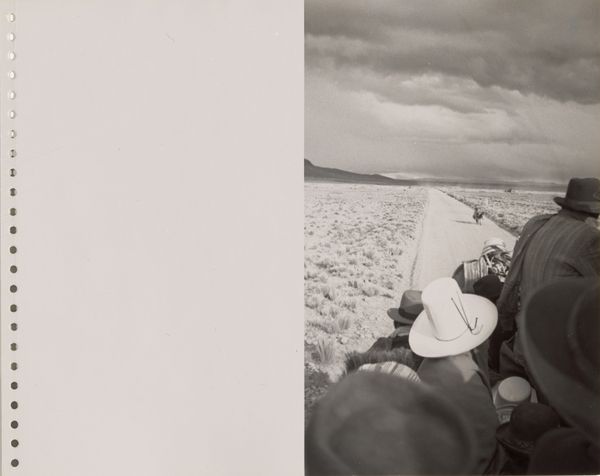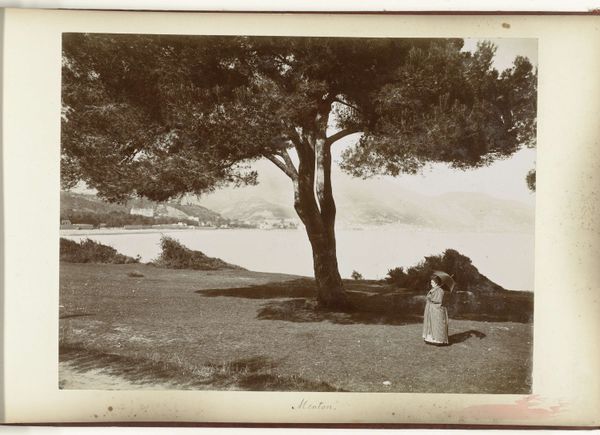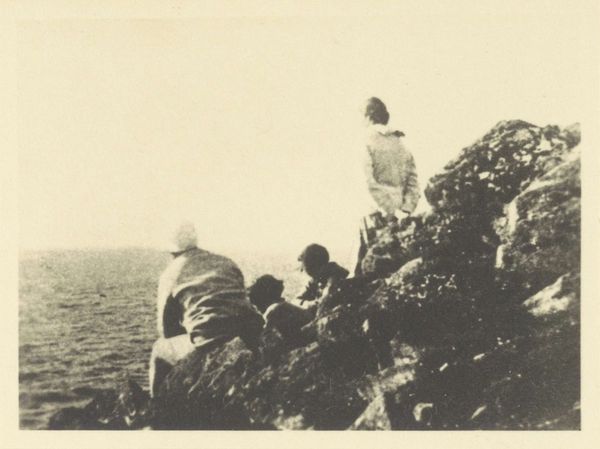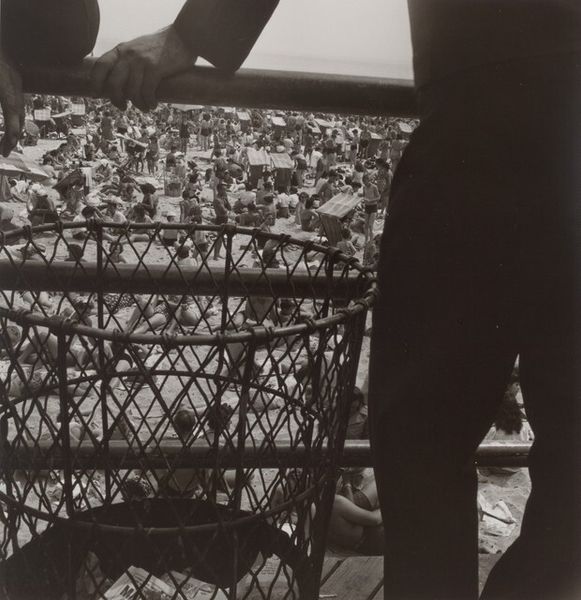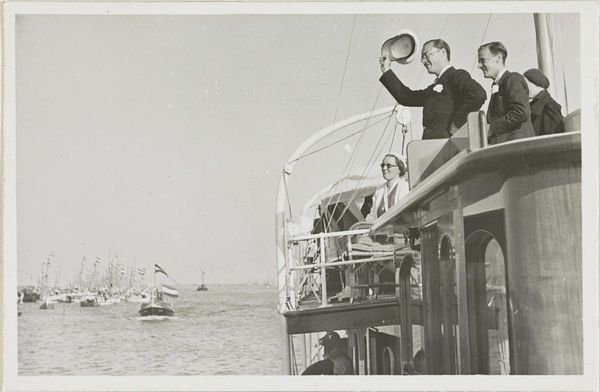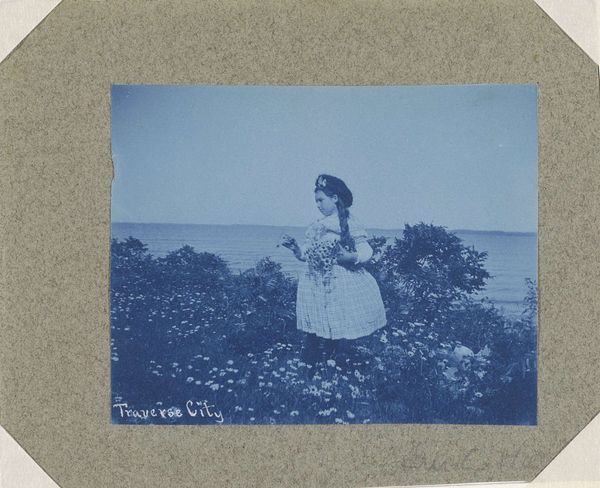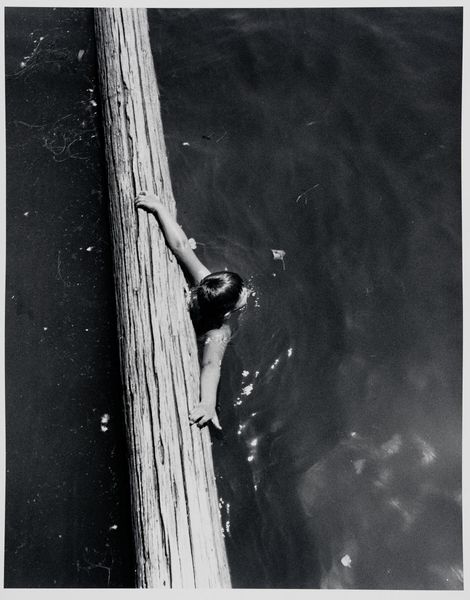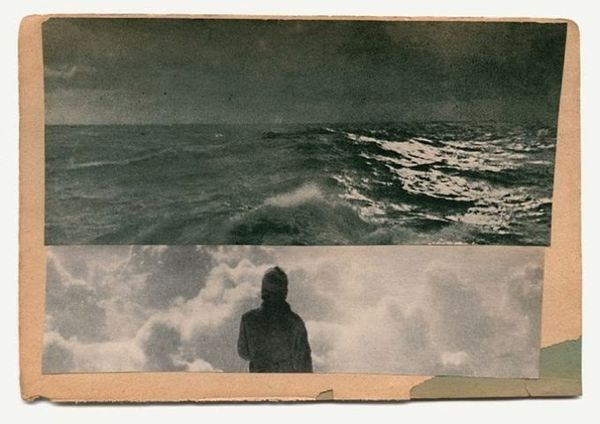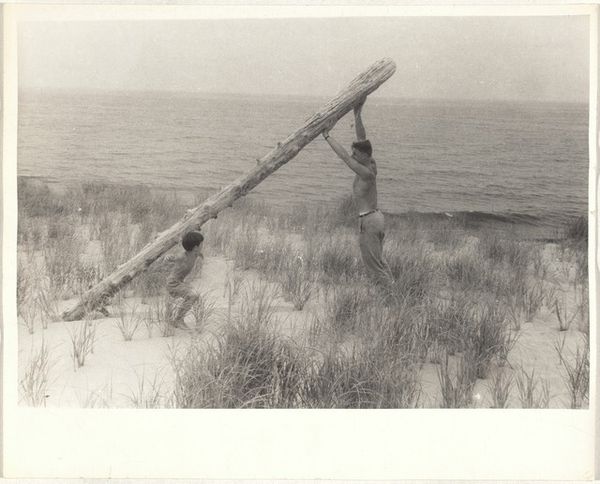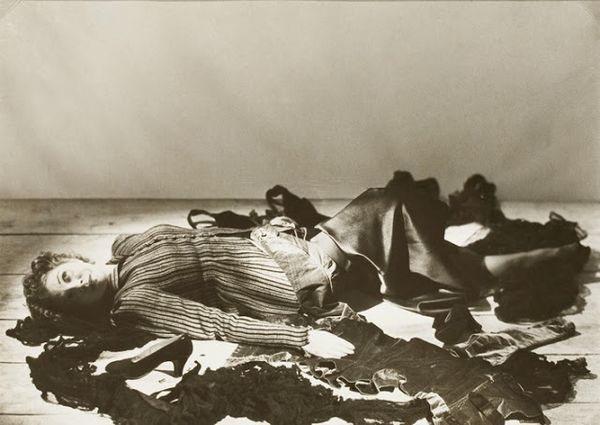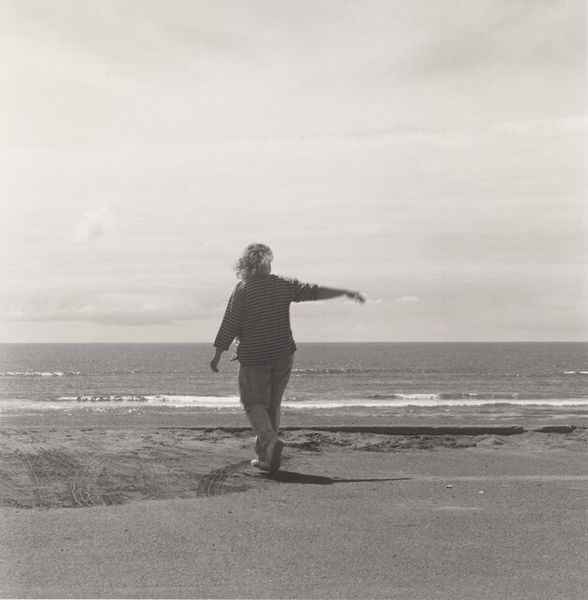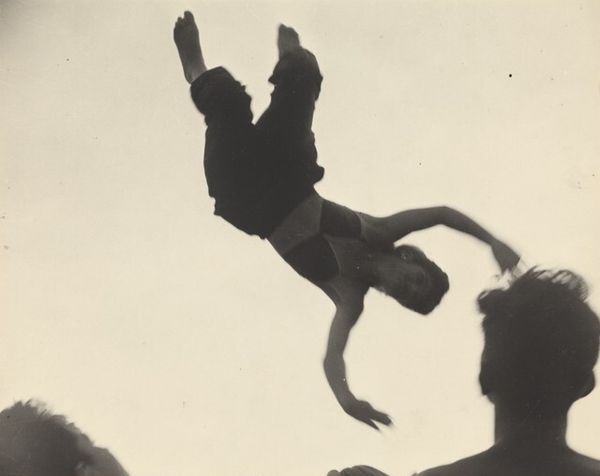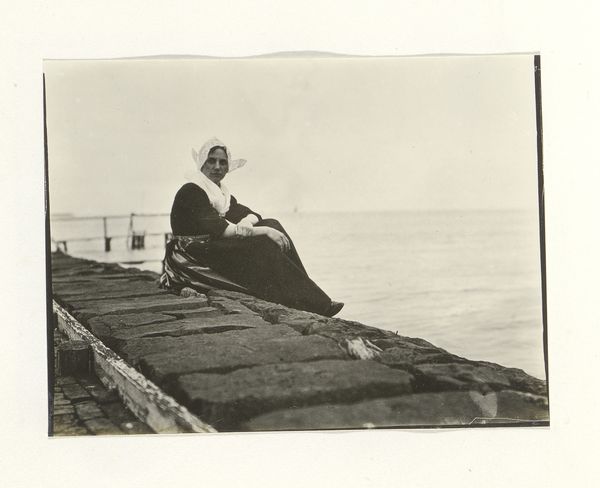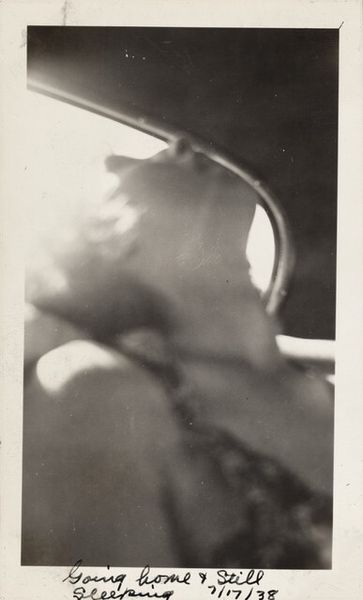
photography, gelatin-silver-print
#
portrait
#
print photography
#
narrative-art
#
black and white photography
#
landscape
#
photography
#
gelatin-silver-print
#
monochrome photography
#
monochrome
Dimensions: image: 7.7 x 13.6 cm (3 1/16 x 5 3/8 in.) sheet: 8.4 x 14.4 cm (3 5/16 x 5 11/16 in.)
Copyright: National Gallery of Art: CC0 1.0
Editor: This gelatin-silver print, titled "Untitled (Crowd waving farewell on boat)," is estimated to be from the 1920s, and it’s by an anonymous artist. It makes me feel a bit melancholy, seeing all those figures waving goodbye. What's your take on this photograph? Curator: Looking at this piece, I'm drawn to the tangible aspects of its production and reception. Consider the materiality of a gelatin-silver print: what it meant to produce and consume an image this way in the 1920s. It speaks volumes about labor and technological advancements in photographic processes. The image captures a crowd and what's being consumed here isn't the work on display so much as a fleeting event. How do you think social class of people affects the photograph and photograph quality at the time? Editor: I guess people would consume media about folks from all walks of life. Does the choice of gelatin-silver specifically contribute to its meaning? Curator: Absolutely. Gelatin-silver prints were a widely used process at the time, linking photography to industrial production and the wider economy of image making. These were not specialized photographic printing materials; this process democratized photo printing and was also increasingly commercially available. Who has access to photography, who's behind the camera, is deeply telling about consumption practices then, too. Editor: That’s really fascinating. So it’s not just the image, but the materials and processes that give it deeper significance, especially when the technology wasn't available to everybody. Curator: Precisely. The photograph’s meaning resides in the relationship between the scene it captures and the material conditions of its making. Think about distribution channels, consumption habits, and labor practices tied to such material creation. Editor: Thank you. That gives me so much more to consider when viewing photography from this period. Curator: Indeed, looking closely at production means reveals deeper connections between the photograph and the society that produced it.
Comments
No comments
Be the first to comment and join the conversation on the ultimate creative platform.
